Growing Readers: Learning to Love Reading and Writing Column 36
This editorial article was written by Lizzie Mussoline, M. Ed.
Literacy Tips That Encourage Kids To Love Who They Are
The Children’s Book Review
Loving Who You Are!
It is always a good time to remind the kids in your life that they are amazing—especially as they embark on the beginning of a new school year! This month’s column includes a lot of fun activities that will extend this theme as well as boost various literacy skills.
The activities aim to help kids embrace their uniqueness and build compassion and caring for others. In addition, the suggested books in this column are about a character that feels different or has different interests than their peers and how they learn to embrace their uniqueness instead of being ashamed of it. Our hope is that, through the activities and reading about unique characters, your child will see that they are not alone, that they can respect and embrace their uniqueness, and respect the uniqueness of everyone around them.
Make Connections: Purpose for Listening
Making connections is a simple yet important reading strategy. There are three main types of connections that readers make: text to text (when a text reminds you of something you have read in a different text), text to self (when a text reminds you of something that has happened in your own life), and text to world (when a text reminds you of something you have seen in the world).
Go over these types of connections with your child and encourage them to acknowledge any connections that naturally arise while reading or listening to the suggested books. Ask them to share their favorite connections during or after their reading and to also explain why their particular connection helped them to better understand the story.
Learning Empathy: Put Yourself in the Characters’ Shoes
Don’t judge a man until you’ve walked two moons in his moccasins.
Sharon Creech, Walk Two Moons
As you read the books listed below with your child, ask them to imagine what it would feel like to be each main character. One of my favorite quotes from Sharon Creech’s book, Walk two Moons, is “Don’t judge a man until you’ve walked two moons in his moccasins”. Teaching children how to feel empathy for others, whether for their peers or for the characters in a book, helps build open and honest communication and connections.
- What makes this character “different”?
- How would you feel if that happened to you?
- What would you do if you were this character?
- What would you do if you were this character’s friend or family?
- What do you think is the best thing about this character and what makes them unique?
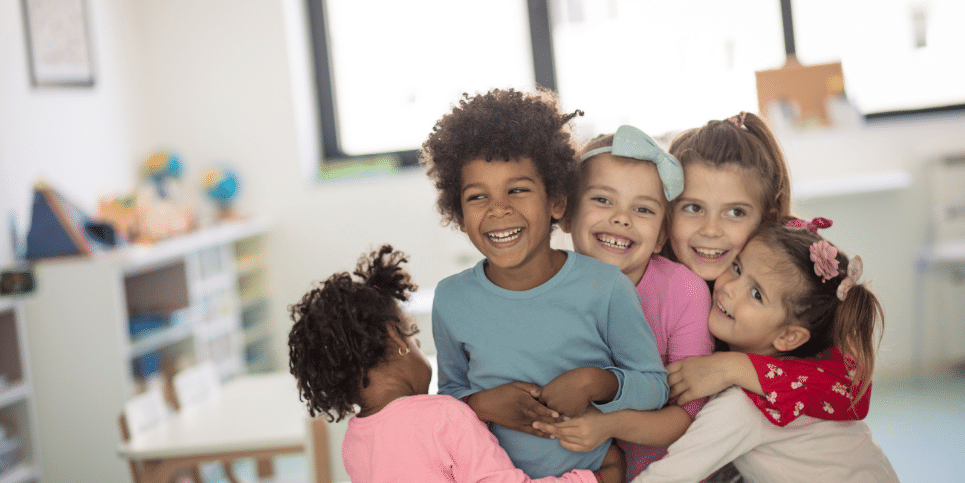
Let’s Chat: ‘Love Who You Are’ Conversation Starters
The questions below aim to start a powerful discussion with your child that will help you understand what they are proud of and what they are insecure about. This will also help you help your child find the beauty, excitement, and greatness around what makes them different.
- What do you think makes you special or different from other kids?
- Do you like that about yourself or does it make you feel bad or insecure?
- What do you like MOST about yourself?
- Is there anything about yourself that makes you feel bad or that you try to hide from others?
- What do you think this world would be like if everyone was the same?
A Unique Family Tree: Trait and Traditions
“There are only two lasting bequests we can hope to give our children. One of these is roots; the other, wings.”
W. Hodding Carter
This family activity is a great way to incorporate a little science about what makes us unique and foster an appreciation for family history. A family tree shows family members and explains how they are all related. It can also include information about each person Create your own family tree and include fun facts about each family member on their very own handprint.
Does your child have certain physical traits they don’t necessarily love? How awesome would it be if they started to better appreciate these traits, even just a little bit after they realize they were inherited from people they love?
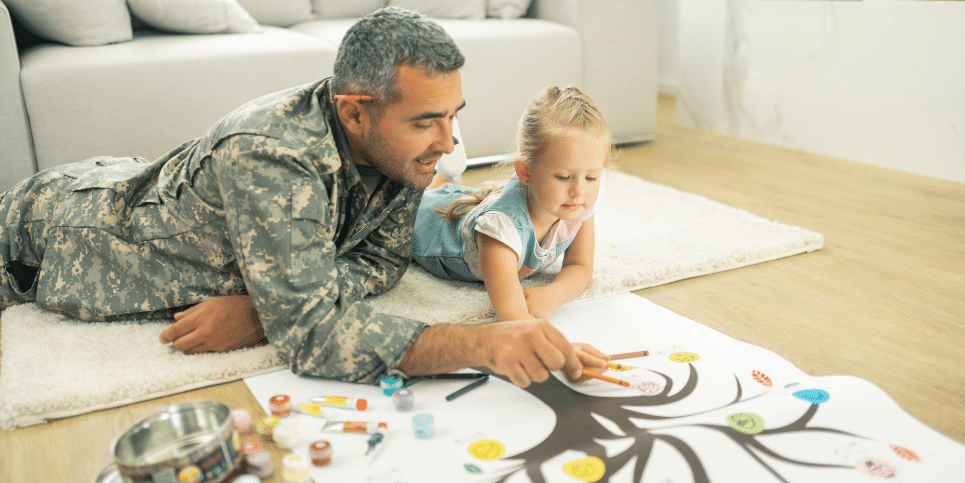
First, talk to your child about the differences between physical and learned traits. Physical traits are inherited from a parent, and learned traits are picked up from those around us. Go over some information about inherited and learned traits with your child. Here are a few facts to get started with:
- Inherited traits are something you are born with. These traits are passed from ancestors down through generations from person to person in a family. Inherited traits can skip generations. Some examples of inherited physical traits include hair color, eye color, skin color, body shape, dimples, nose shape and size, high cheekbones, and height. Some allergies and diseases are also passed as inherited traits.
- Family and cultural traditions often influence learned traits.
Materials:
- One large piece of paper or poster board
- Colored paper (one or two for each family member)
- Scissors
- Pens or markers
- Tape or glue
Instructions:
1. Trace the right and left hand of each family member onto a piece of colored paper.
2. Cut out the handprints.
3. On each finger of the left handprint, list an inherited physical trait. Some examples of inherited physical traits: eye color, hair color, dimples, freckles, chin shape (smooth or cleft), ability to roll the tongue, earlobe attachment (attached or free), and hairline shape on the forehead (smooth or pointed). On each finger of the right handprint, list an acquired or learned trait. Some examples include favorite food, hobby, subject in school, and so on.
4. Draw a tree trunk onto a large piece of paper or poster board.
5. Glue or tape your family’s handprints above the trunk to form a tree. Place the oldest person’s pair of hands at the bottom. Work upward until you place the youngest person’s pair of hands at the top.
Optional Extensions:
- Add a small picture of each family member to the palm of one handprint. Write their name, date of birth, and place of birth on the palm of the other handprint.
- Include handprint shapes for family members who were not available to draw their hands.
- Ask your child to make observations about and compare and contrast everyone’s traits.
Reflect: Beautiful Quotes About Being Unique
Below are a few of my favorite quotes about embracing who you are and what makes you special. Ask your child to reflect on any of the following quotes in their favorite way: journaling, drawing, painting, or writing a short story, poem, or song.
Be yourself, everyone else is already taken.
Oscar Wilde
Be who you are and say what you feel, because those who mind don’t matter, and those who matter don’t mind.
Dr. Seuss
Embrace What Makes You YOU
Have your child write one word that they think represents the trait that makes them the most special or unique. Once they choose a word, have them put it on construction paper or a poster and decorate it. Ask them to display it somewhere that they will see often, to always remind them that whatever the word is, it is beautiful and worth being embraced! This is helpful to encourage positive self-talk and words of affirmation.
Suggested Family Activity: You Rock and Snail Mail
As a family, think about people in your lives that have special and unique qualities. Part of helping your child embrace their own uniqueness would be to help them embrace it in others, as well. Create “You Rock because…” cards for anyone you choose that can be personally delivered to brighten their day. You can also mail real cards to others that live far away. Encourage your family to decorate and color their cards any way they’d like.
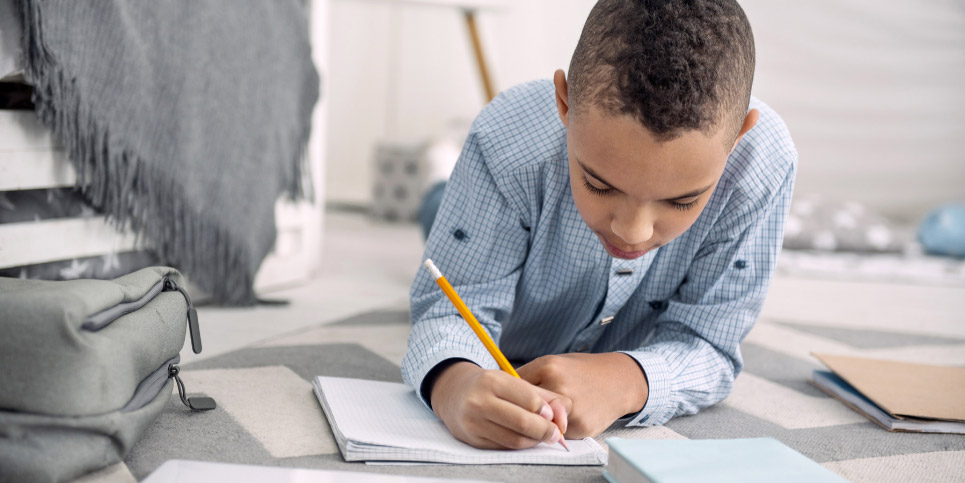
Namaste, Kid!
Yoga is a wonderful tool to help boost children’s self-esteem. According to Yoga Journal, “When children learn techniques for self-health, relaxation, and inner fulfillment, they can navigate life’s challenges with a little more ease. Yoga at an early age encourages self-esteem and body awareness with a physical activity that’s noncompetitive. Fostering cooperation and compassion—instead of opposition—is a great gift to give our children.” If you are interested, you can find the rest of the article here.
So, go ahead and find a nice spot in the park and try some yoga poses! Talk to your child a little about what yoga is and why it is beneficial. Yoga focuses on a combination of the breath, body, mind, and spirit. Made up of various postures, it is widely practiced for health and relaxation. We’ve shared lots of fun yoga books here on TCBR and here are a ton of great poses to start exploring.
Children’s Books About Loving Who You Are
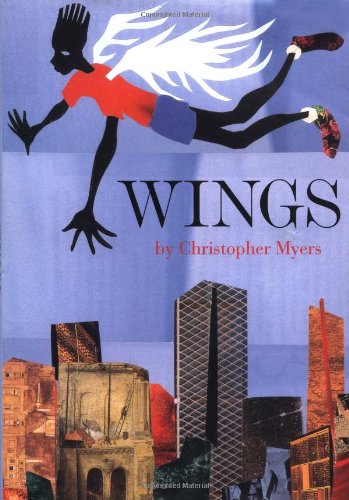
Wings
Written and Illustrated by Christopher Myers
Ikarus Jackson, the new boy in school, is outcast because he has wings, but his resilient spirit inspires one girl to speak up for him.
Buy the Book
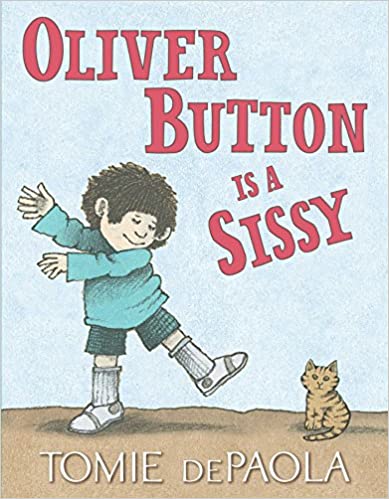
Oliver Button Is a Sissy
Written and Illustrated by Tomie DePaola
A little boy must come to terms with being teased and ostracized because he’d rather read books, paint pictures, and tap-dance than participate in sports.
Buy the Book
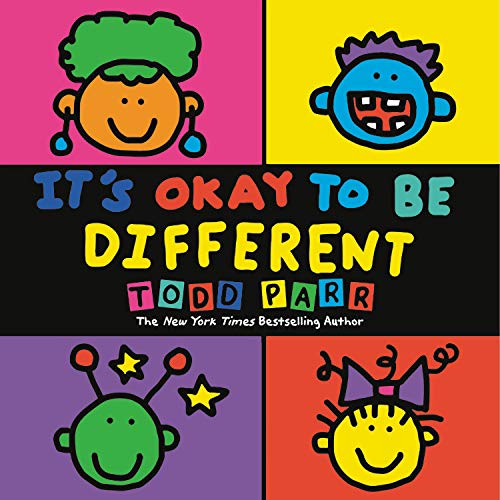
It’s Okay to Be Different
Written and Illustrated by Todd Parr
A celebration of multiculturalism and diversity that promotes character growth and early literacy.
Buy the Book
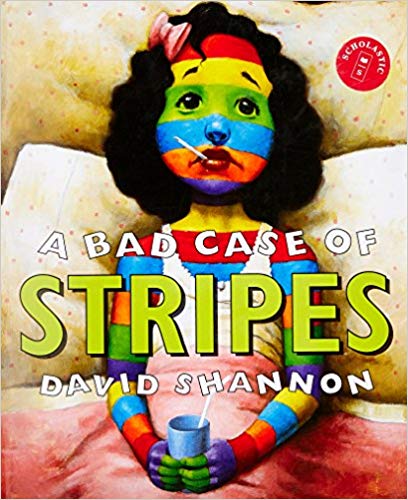
A Bad Case of the Stripes
Written and Illustrated by David Shannon
After she refuses to eat her lima beans, Camilla finds herself covered with stripes. The stripes change into stars, polka dots, and other patterns. Camilla overcomes her “illness” when she learns to be herself.
Buy the Book
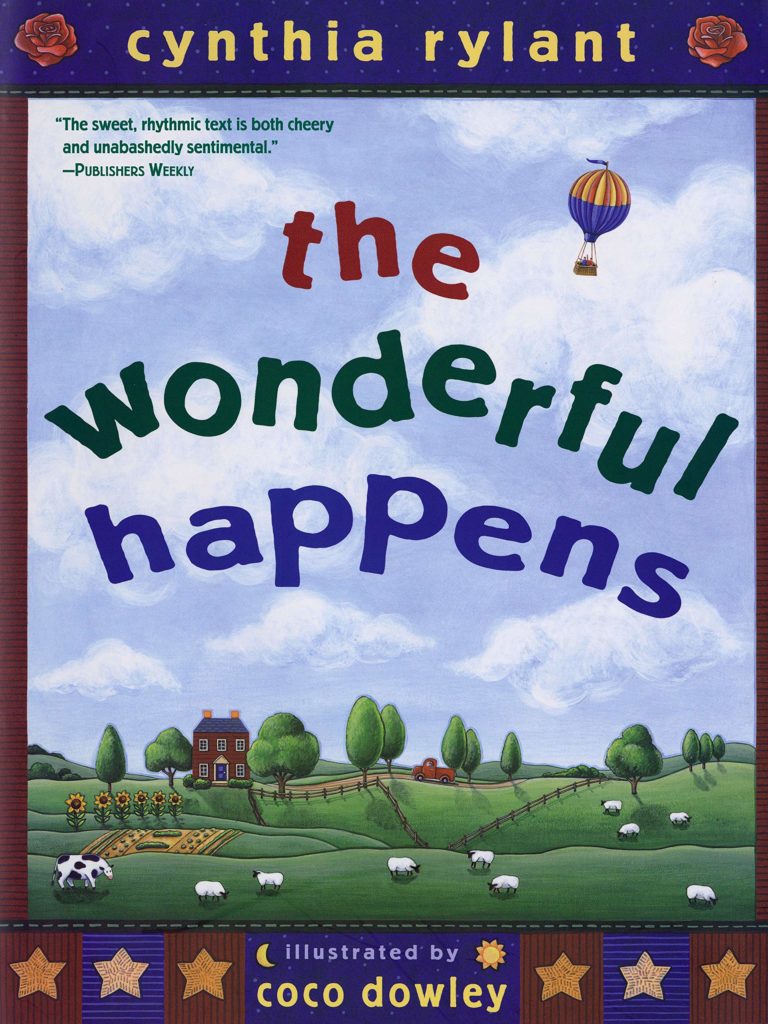
The Wonderful Happens
Written by Cynthia Rylant
Illustrated by Coco Dowley
Cynthia Rylant, Newbery Medalist, introduces a child-friendly series of wonderful things that have simply happened and reassures the reader with the life-affirming message that he or she is also a wonderful result of the universe.
Buy the Book
Thank you for reading the Growing Readers: Learning to Love Reading and Writing column. Bookmark this Growing Readers Column link or subscribe to our e-newsletter so you do not miss out on the monthly reading tips. Learning to Love Who You Are Through Reading and Writing was written by Lizzie Mussoline, M. Ed.—follow her on Instagram: @wildflower_learning_denver.

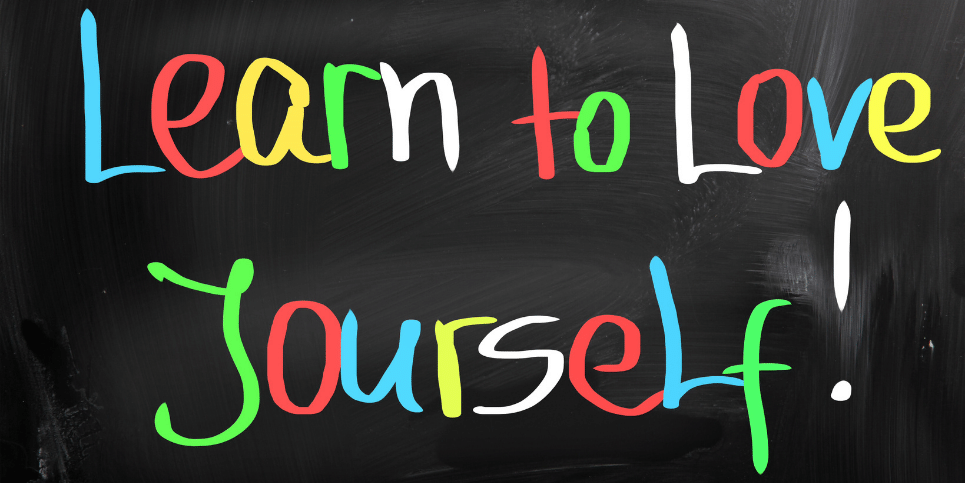
1 Comment
An amazing post with great tips as always. Anyone will find your post useful. Keep up the good work.